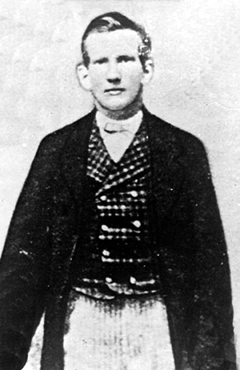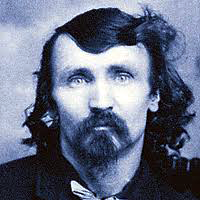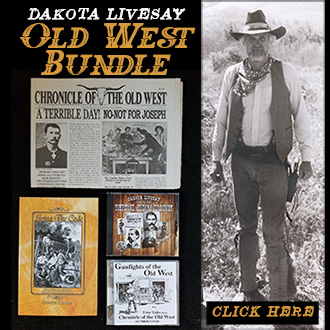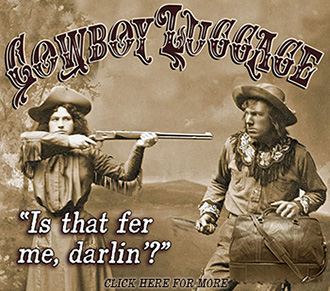After being kicked out of college for “incorrigible negligence,” John C. Fremont became a member of the U. S. Topographical Corp.  The result of a wise marriage to the daughter of an influential Senator, Fremont was appointed to head expeditions charting the best routes to Washington, Oregon, California and Nevada. His reports on the expeditions became very popular with people interested in settling the west.
The result of a wise marriage to the daughter of an influential Senator, Fremont was appointed to head expeditions charting the best routes to Washington, Oregon, California and Nevada. His reports on the expeditions became very popular with people interested in settling the west.
At this time, California was a possession of Mexico. But, the United States was very interested in acquiring it. Although a member of the army, Fremont was not considered a combat soldier. But, in 1845, President James Polk sent Fremont on an expedition with 60-armed men. Although outwardly another exploration, President Polk, feeling war with Mexico was inevitable, wanted a military force nearby.
When in May of 1846 war was declared with Mexico, Fremont immediately went into California. With news of a U. S. military force in California, Anglo-Americans started rebelling against their Mexican leaders. On January 16, 1847 Fremont, now in Los Angeles, was appointed the Governor of California. Although appointed by his commander, there became a dispute within military ranks, and Fremont ended up being court martialed. Even though he was pardoned by President Polk, Fremont resigned, and returned to California.
Still with the taste of political power from his short stint as California’s governor, Fremont ran for senator in the newly recognized state. Then in 1856 Fremont became the Republican Party’s first Presidential candidate. In 1878, as a 65-year-old legend, he was appointed the territorial Governor of Arizona.
John Fremont was a much better explorer and mapper than he was a politician, for his service as a politician was like his time in college, highlighted by “incorrigible negligence.”









